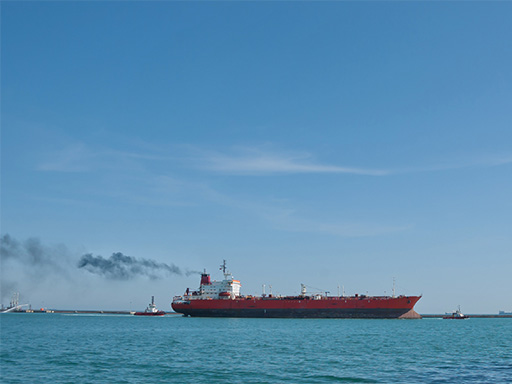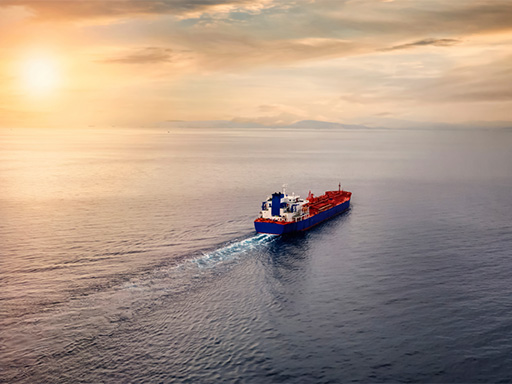MRV Regulation

In 2015, the decarbonisation of the maritime transport sector in the EU took an important first step forward with the entry into force of Regulation (EU) No 2015/757 on the Monitoring, Reporting and Verification of CO2 emissions (the MRV Regulation).
The MRV Regulation established rules where shipping companies report annually, and accredited independent verifiers verify, the reported amounts of carbon dioxide (CO2) emissions and other relevant information from large ships (more than 5000 gross tonnage, or GT) calling at EEA ports.
In 2023, as part of the package of measures to reduce emissions from the maritime transport sector, the MRV Regulation was amended.
|
Access the amended MRV Regulation: REGULATION (EU) 2023/957 of the European Parliament and of the Council of 10 May 2023 amending Regulation (EU) 2015/757 in order to provide for the inclusion of maritime transport activities in the EU Emissions Trading System and for the monitoring, reporting and verification of emissions of additional greenhouse gases and emissions from additional ship types. Access the MRV implementing Regulation:
Access the amended ETS Directive and implementing acts:
|
Until 1 January 2024, the MRV Regulation only covers CO2 emissions from large ships underway and at berth, taking in other related information like energy-efficiency, distance travelled, time spent at sea, and cargo carried.
CO2 emissions are the largest component of greenhouse gas emissions from maritime transport, but methane (CH4) and nitrous oxide (N2O) emissions are also important contributors. After 1 January 2024, the scope of the MRV Regulation expands to include methane and nitrous oxide emissions from shipping.
In addition, from 1 January 2025, general cargo ships between 400 and 5000 gross tonnage and offshore ships of 400 gross tonnage and above fall under the scope of the amended MRV Regulation.

Shipping company obligations after 1 January 2024 under the amended MRV Regulation
From 1 January 2024, shipping companies should revise the monitoring plan of each of their ships to be in conformity with the requirements of the amended MRV Regulation. Revised monitoring plans must first be assessed by an independent accredited verifier.
If the assessment shows that the plan is in conformity, companies must then submit the revised plan in THETIS-MRV no later than 1 April 2024, for approval by the responsible administering authority.
If a ship calls to a port in the EEA for the first time after 1 January 2024, the company should submit its monitoring plan not later than three months after this first call.
From 1 January 2024, shipping companies must monitor and report methane (CH4) and nitrous oxide (N2O) emissions, as well as CO2 emissions.
Each company will be associated with the administering authority of one Member State. By 1 February 2024, and every two years thereafter, the European Commission will publish a list attributing each company to the administering authority of one Member State. This will be done in accordance with the rules laid out in the EU ETS Directive
From 2025, by 31 March of each year, companies must, for each ship under their responsibility, submit an emissions report for the entire reporting period of the previous year, which has been verified as satisfactory by a verifier in accordance with Article 13 of the MRV Regulation. The emissions report must be submitted through THETIS-MRV to:
![]() The relevant administering authority
The relevant administering authority
![]() The authorities of the ship’s flag State (if it is flying the flag of an EEA country)
The authorities of the ship’s flag State (if it is flying the flag of an EEA country)
![]() The European Commission
The European Commission
The responsible administering authority may require companies to submit their emissions reports earlier than 31 March, but not earlier than by 28 February.
In addition, from 2025, by 31 March of each year, for ships falling within the scope of the ETS Directive, shipping companies must also submit an emissions report at company level (aggregating the data to be reported for ETS purposes at company level), which have been verified as satisfactory by a verifier in accordance with Chapter III of Regulation (EU) 2015/757.
The aggregated emissions data at company level must include: all ships under its responsibility; and the sums of all ships’ total aggregated emissions of greenhouse gases, expressed in tonnes of CO2 equivalent, and disaggregated by individual greenhouse gas.








